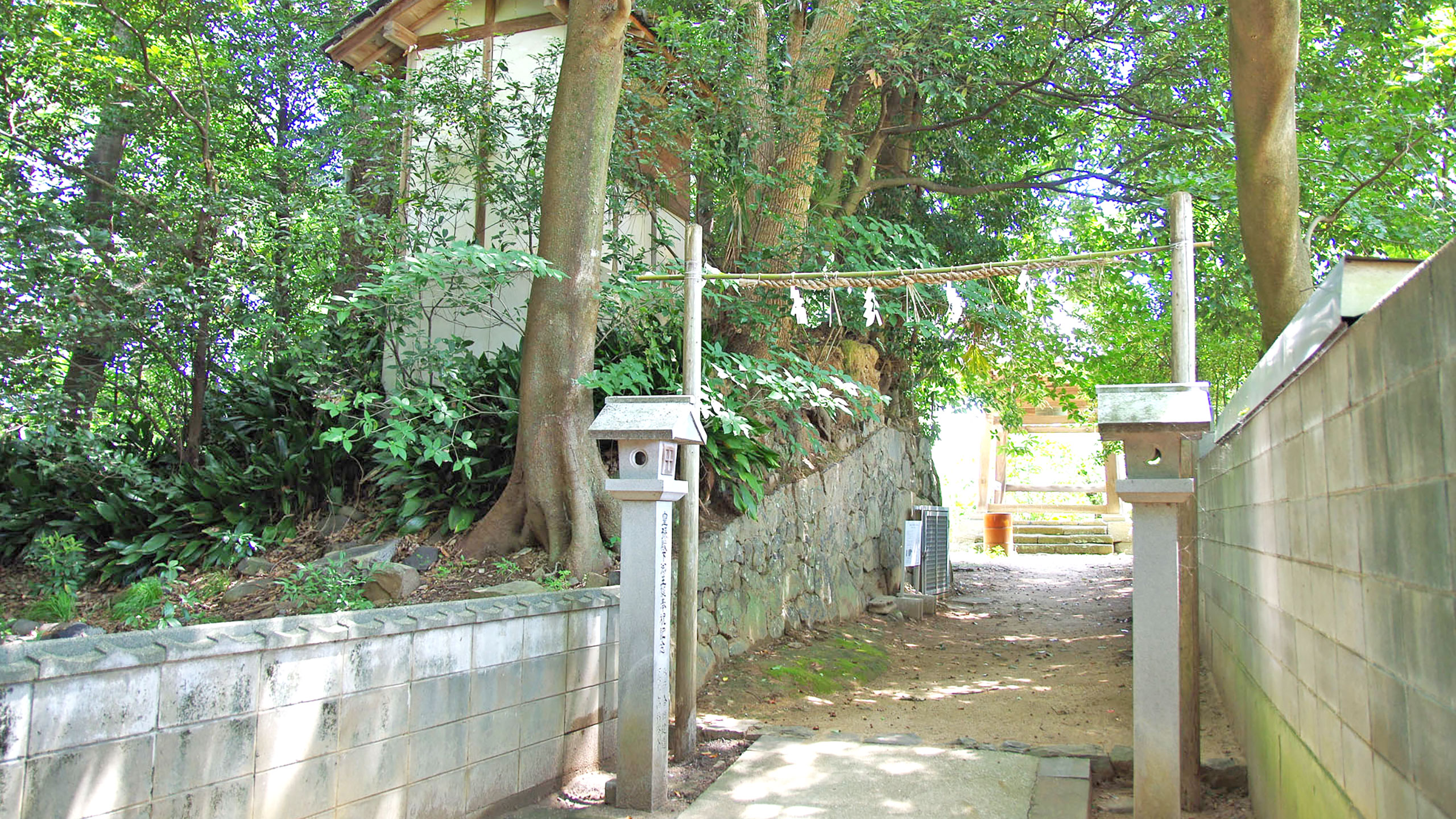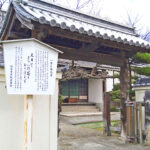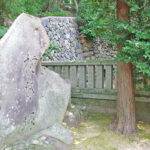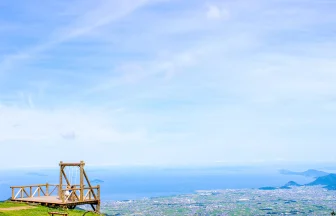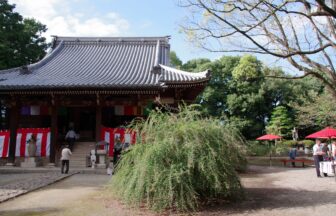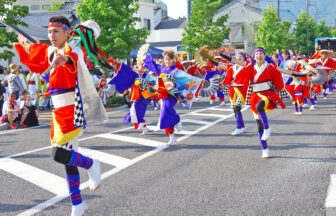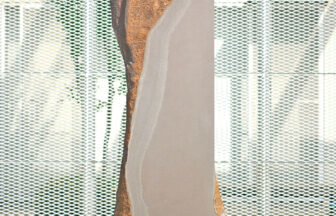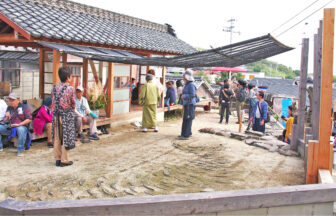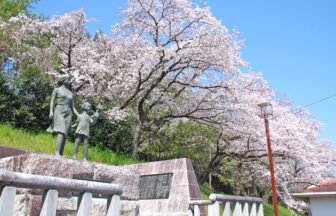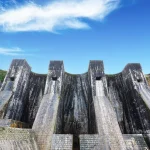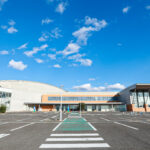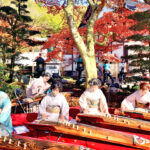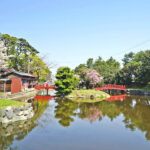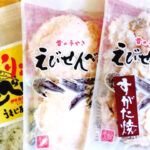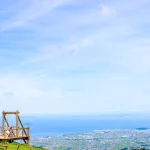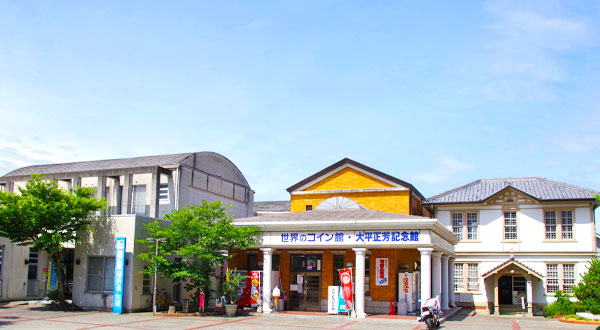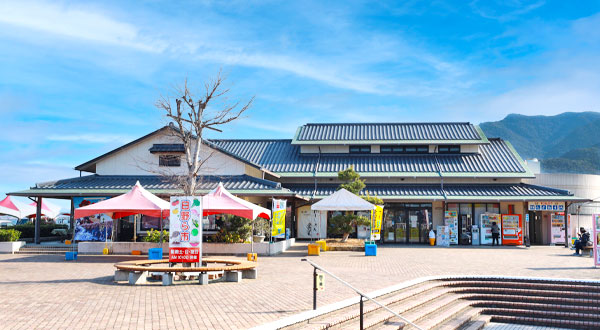Iwakurazuka burial mound is one of the Onohara tumulus group and is a burial mound with a horizontal stone chamber located in the precincts of Jiunji Temple. It is located in close proximity to the Bowlatsuzuka burial mound.
The stones used in the stone chamber are not large stones like those used in Wankashizuka, but small stones. As a result of previous research, it is thought that there may have been two stone chambers, one on the east and one on the west, with only the west chamber still in existence. Of the west stone chamber, the existing chamber is more than 4.5 m long, 2.9 m wide, and 2.9 m high, indicating that it was a large stone chamber. Iwakurazuka tumulus was additionally designated as a National Historic Site on March 10, 2020.
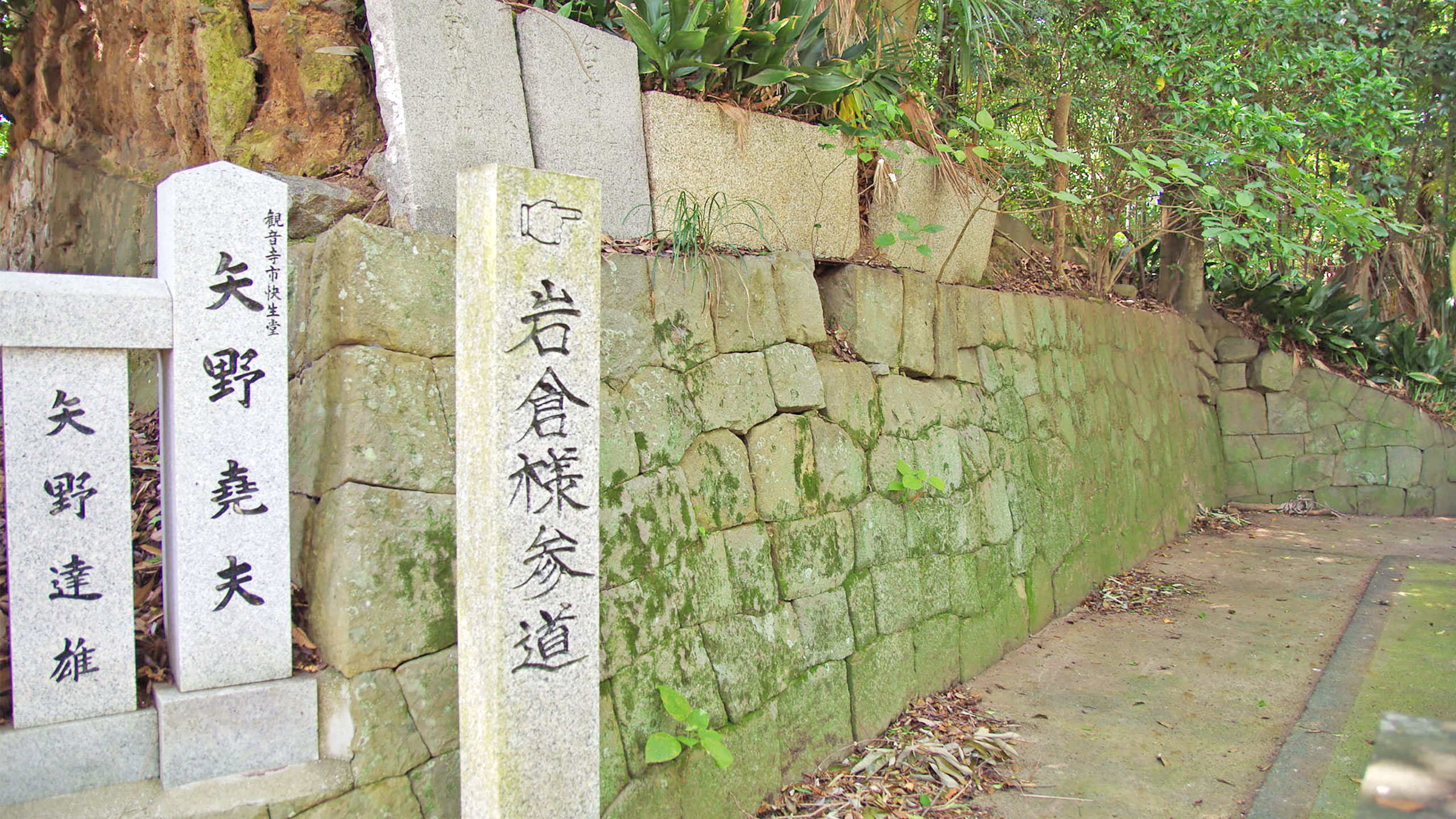
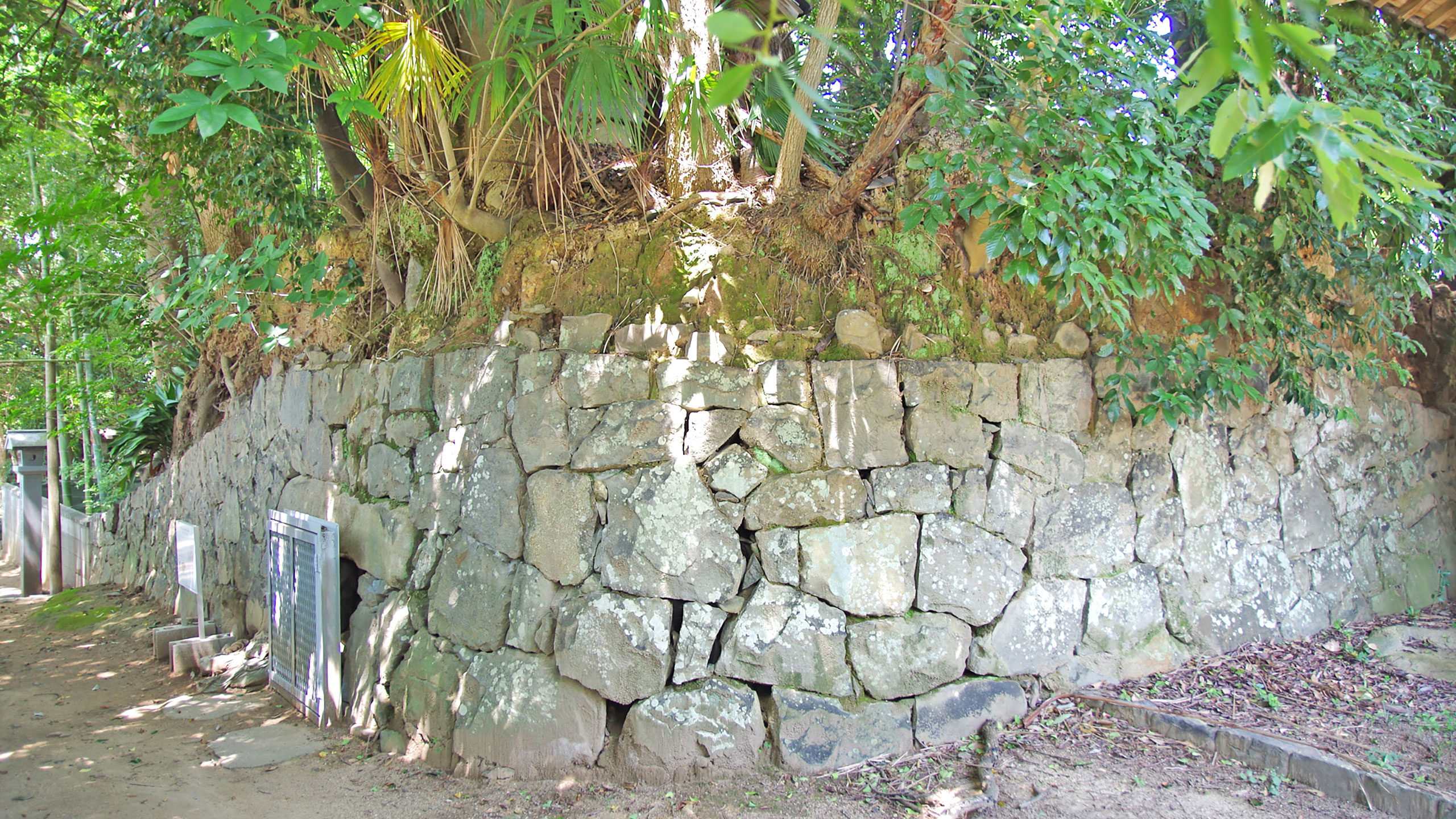
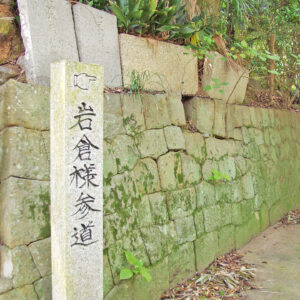

| address | 1883, Onohara-cho, Kanonji-shi, Kagawa 769-1611 |
|---|---|
| map | |
| shape | round burial mound |
| scale | Diameter 36.4-38.2m |
| burial facility | Two stone chambers with horizontal holes |
| Construction period | Late 6th century |
| car | Approximately 4 minutes (1.5 km) by car from the Onohara IC on the Takamatsu Expressway |
| train | Approximately 7 minutes by cab from JR Toyohama Station (2.7 km) |
- Onohara Tumulus Group
- 用語集
○Wankashizuka burial mound
Location: Behind the main shrine of Onohara Hachiman Shrine
○ Hiratsuka burial mound
Location: West side of Onohara Central Park
○Kakuzuka burial mound
Location: West side of Onohara Central Park
This is a very rare group of burial mounds in Japan, with four burial mounds with horizontal stone chambers, the largest or the largest in Shikoku, located within a 700-meter diameter area.
Circular mound: An ancient burial mound with a circular mound
Square mound: An ancient burial mound with a square-shaped mound
Tomb mound: a mound of earth and pebbles built up to form a mound
Moat: A moat dug around a burial mound.
Enjido: a passageway leading to the outside of the tomb.
Stone chamber: A tomb chamber built of natural or processed stones.
Gen chamber: a room in which the remains were placed.
Sue ware: Ceramic earthenware produced in Japan between the Kofun and Heian periods.
Jiushi ware: unglazed earthenware used from the Kofun to Heian periods
Granite: relatively coarse-grained rock composed mainly of quartz and feldspar

